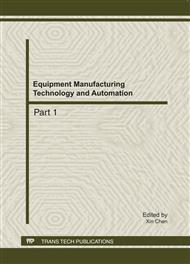p.1697
p.1701
p.1706
p.1711
p.1717
p.1725
p.1729
p.1733
p.1739
A Visualized Investigation of Void Growth and Coalescence in Pure Copper Sheets under Impact Tension
Abstract:
The multi-tension loading in the optimized tensile split Hopkinson bar tests for pure copper sheets was used to investigating growth and coalescence of drilled voids in pure copper sheets, recorded by a high-speed camera. The results of scanning electron microscopical investigation of the microvoid evolution in recovered pure copper sheets showed void coalescence mechanisms which are similar to that of visualized drilled voids. The semi-empirical relation [8] for void shape evolution under quasi-static tension was compared with our computed results revealing the dynamic and clustering effects on void growth. The possibility of application of Thomason model[9] and Considere’s condition[10] for void coalescence to thermoviscoplatic constitutive model was explored under impact tension. The main effects affecting dynamic growth and coalescence of voids were presented including the geometry (void size, shape, orientation, spacing), the material properties (dynamic constitutive model) and the stress state (impact tension condition).
Info:
Periodical:
Pages:
1717-1724
Citation:
Online since:
August 2011
Authors:
Keywords:
Price:
Сopyright:
© 2011 Trans Tech Publications Ltd. All Rights Reserved
Share:
Citation:


